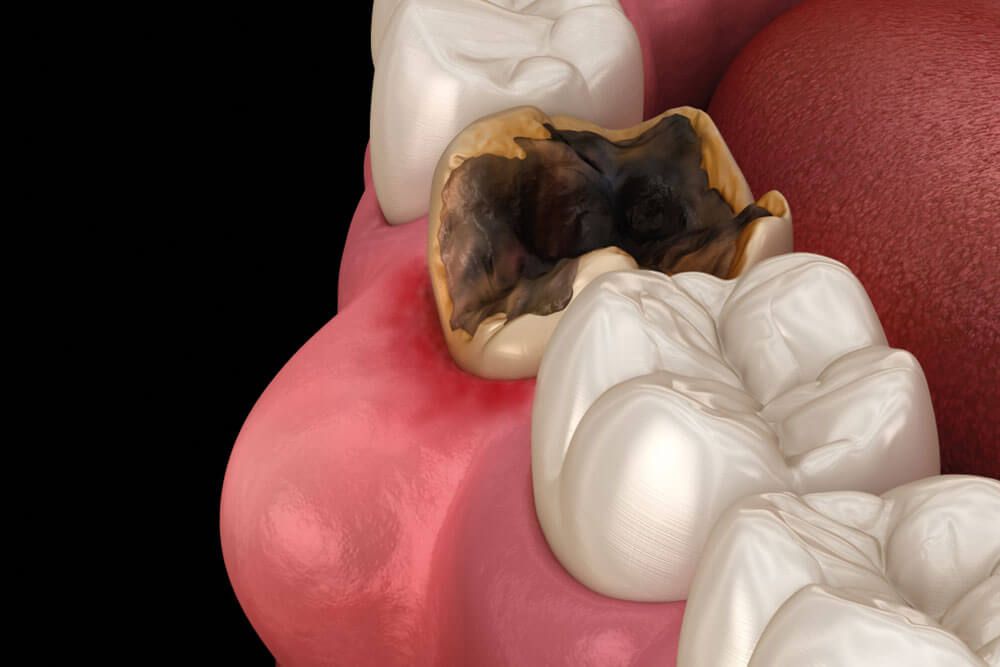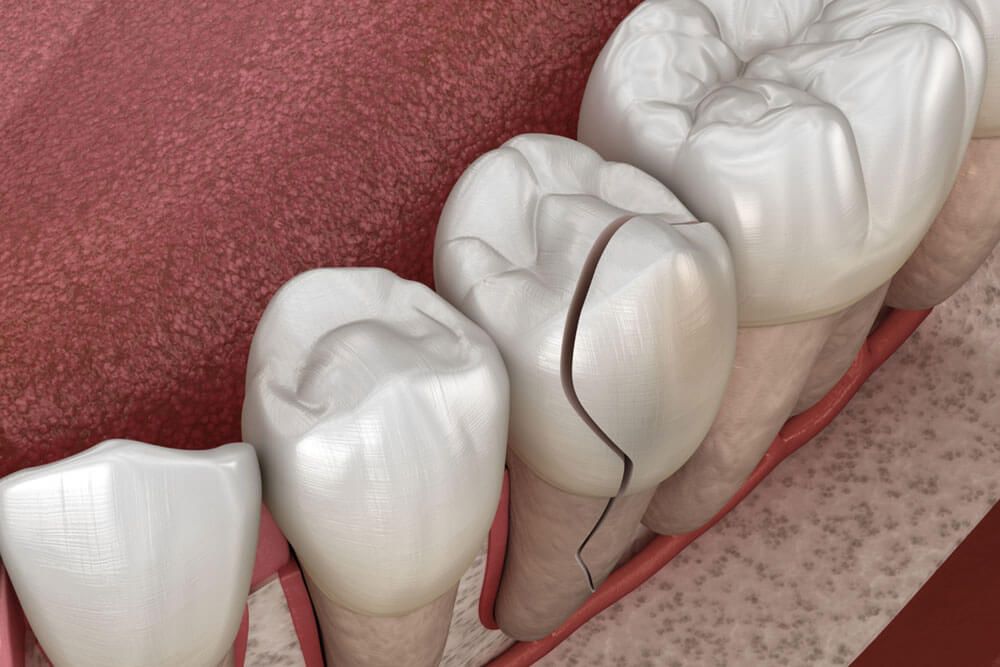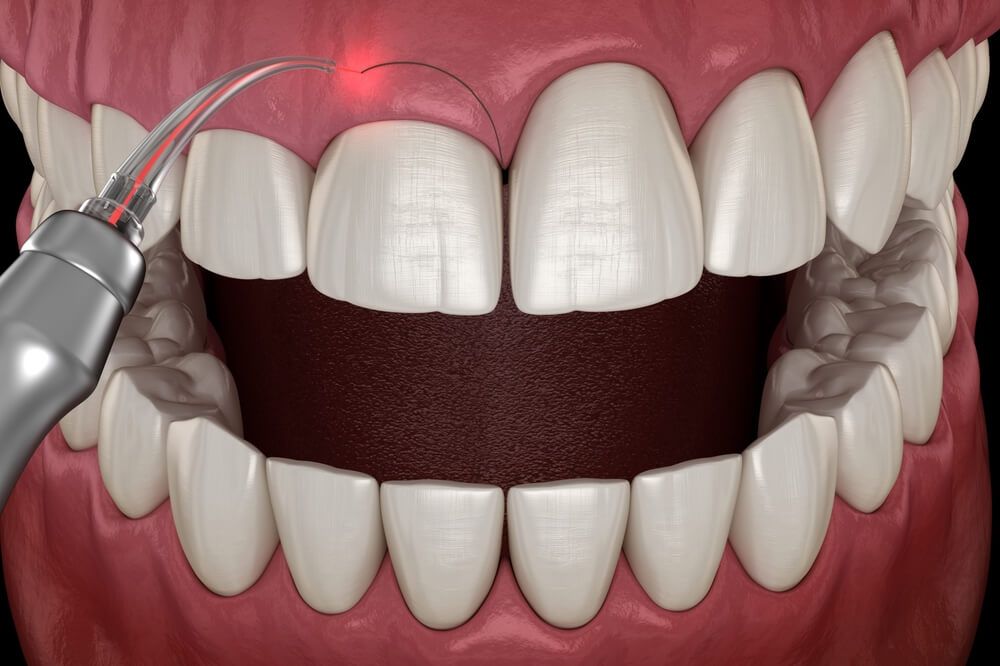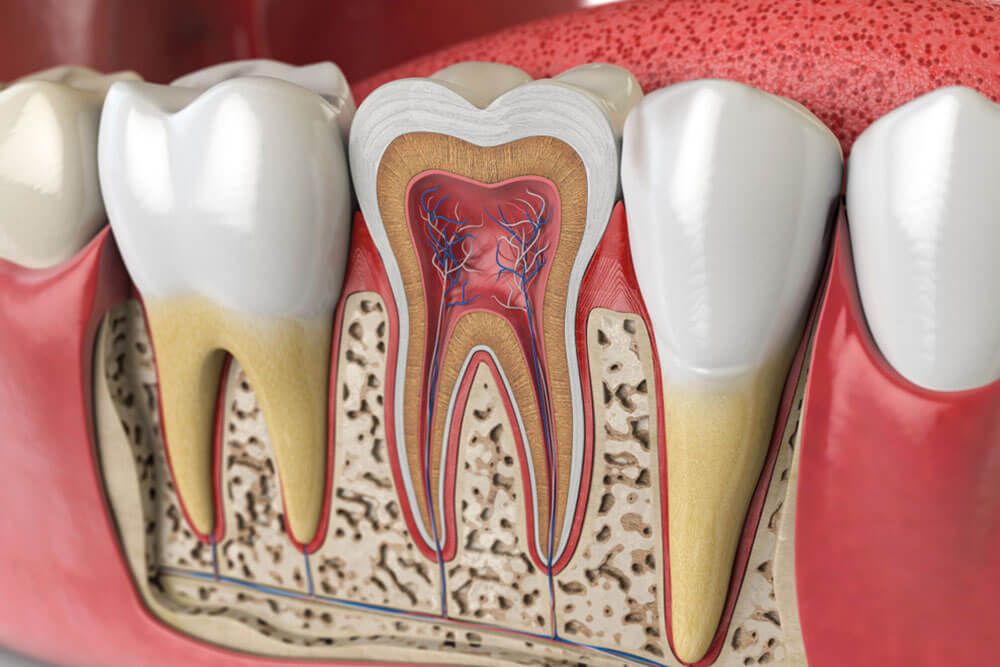Though the outside of your teeth is strong enough to handle just about anything, the inside is a more delicate combination of nerves, blood vessels and tissue. When this pulp becomes infected and is left untreated for long enough, a dental abscess can form. This type of dental damage can cause extreme pain and serious health problems if ignored.
If you’re seeking professional dental abscess treatment from a Utah endodontics specialist, here are some things to know about how to identify a dental abscess and what treatment options are available to you.
What is a Dental Abscess?
A dental abscess occurs when the inside of a tooth suffers from a bacterial infection. Such infections can be caused by tooth decay, gum diseases, severe cavities and deep cracks in the tooth. When the infection is not treated, it can cause a pocket of pus to form within the tooth, creating an abscess. Where exactly the abscess occurs in the tooth is determined by the type of abscess.
A periodontal abscess will form in the gums or bone near the root of the tooth, while a periapical abscess will form around the root itself. If an infection has progressed to the point of an abscess, dental abscess treatment becomes the only option to save the tooth. If treatment is ignored, the infection could worsen and spread throughout the body.
Here are some warning signs of a tooth abscess:
- Severe pain in the tooth and jaw, often also extending down to the neck or up to the ear
- Bad breath or a foul taste in the mouth
- Soreness when chewing or biting
- Fever
- Swelling in the lymph nodes, gums, face or cheeks
- Discoloration of the affected tooth
- Difficulty swallowing or breathing
- Sensitivity to cold or hot food and drink
- If the abscess ruptures you may experience a sudden relief in tooth pain accompanied by a gushing liquid in the mouth that tastes and smells foul
What is a Dental Abscess?
The root cause of a dental abscess is due to infection that has gone untreated for too long. Infections can be caused by several types of dental injuries, including:
Gum Disease
Gum disease, such as gingivitis, is an infection that targets the tissues around the teeth. If allowed to exacerbate, the infection can spread further within the tooth.
Severe Tooth Decay
Also known as cavities, tooth decay is caused by permanent damage to the hard enamel of a tooth, resulting in small holes through which bacteria can enter the tooth.
Dental Trauma
A traumatic dental injury can occur from something as simple as getting hit in the face while playing a sport, or taking a fall headfirst. Though dental trauma may not be visible from the outside, any injury to the pulp can make it more prone to infection.
Chips, Cracks, and Breaks
The enamel that coats your teeth is resilient, but it can still be damaged enough to cause breaks and chips in a tooth. Bacteria can easily enter through these weak points and infect the pulp.
Anyone can experience an injury and/or infection serious enough to inspire a dental abscess if the circumstances are right, though some factors can put you more at risk, such as:
- Poor dental hygiene drastically increases your chance of developing tooth decay and gum disease, which can eventually lead to an infection requiring dental abscess treatment. Brush your teeth twice per day and floss at least once per day to keep your teeth healthy.
- High sugar diets can be extremely harmful to your dental health, causing cavities and tooth decay that could progress into a dental abscess if not looked after.
- A chronic dry mouth is inconvenient, but it can also lead to the development of tooth decay and dental abscesses. This condition is most often caused by aging, medication side effects, or simply not drinking enough water on a daily basis.
- Smoking can lead to a higher amount of tooth infections and other dental issues.
Ignoring signs of infection puts you at high risk to develop a dental abscess. If you suspect an infection due to any type of dental damage, schedule a thorough dental examination immediately.






